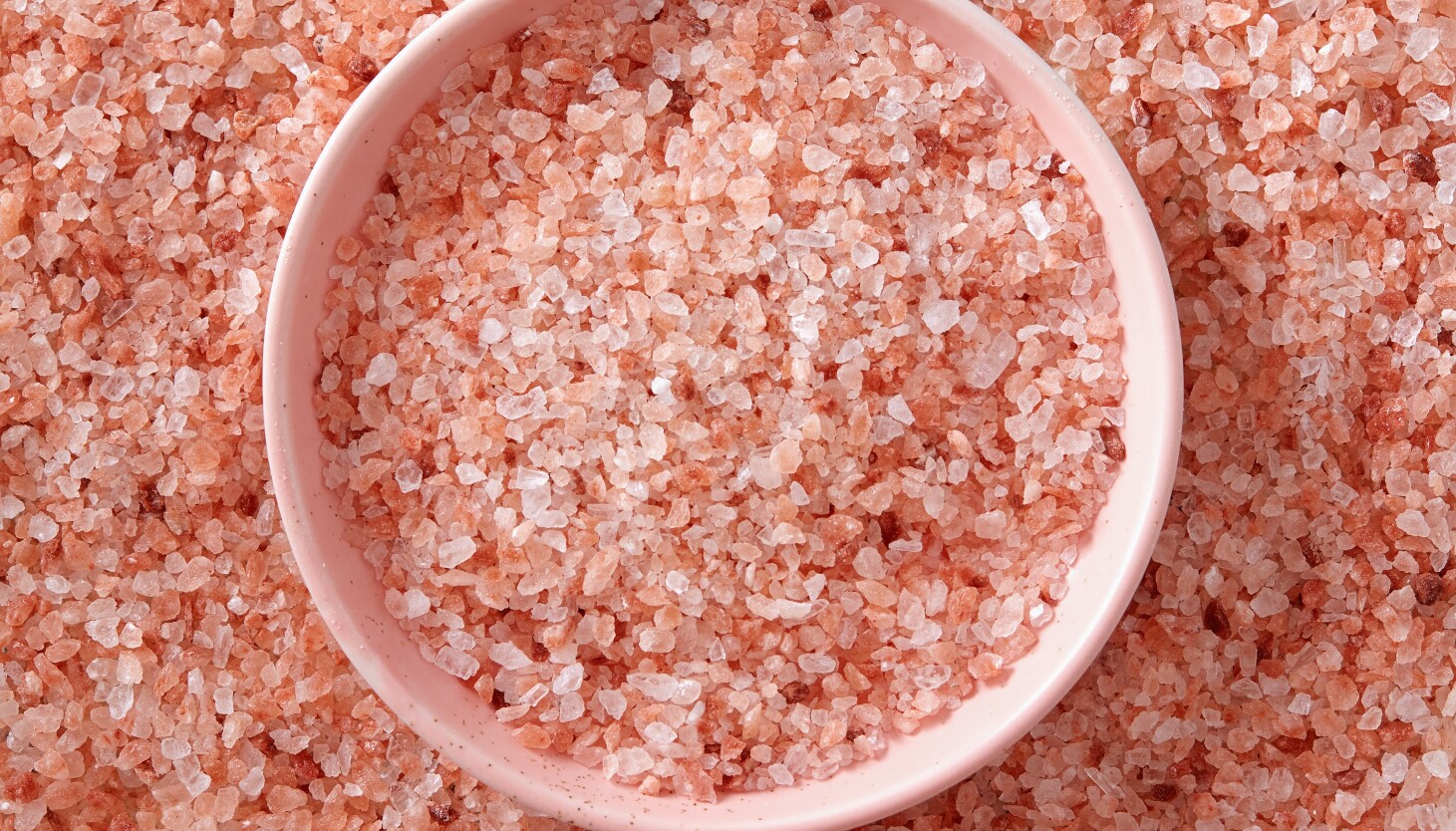Are you into sweet or salty snacks?
While some favor a combination (looking at you, peanut M&Ms) many of us fall into one camp or the other. According to a National Consumer Panel survey 25% of respondents or 1 in 4 said they prefer salty snacks.
There can certainly be too much of a good thing, however. The average American consumes far more sodium than the recommended daily amount. Too much sodium can increase the risk of heart disease, stroke and kidney disease.
What is the healthiest salt?
Table salt, sea salt, kosher salt, Himalayan salt — is there one variety that makes a difference in your overall diet?
Not exactly, says Amy Bragagnini, a clinical oncology dietitian and a spokesperson for the Academy of Nutrition and Dietetics. It’s more about the amount you’re consuming. The FDA’s 2020-2025 Dietary Guidelines recommends consuming less than 2,300 milligrams of sodium per day, about a teaspoon of table salt.
However, there are some small nutritional differences between types of salt.
One 2023 study examining minor differences found that Persian Blue salt, which contains the highest amount of calcium, could potentially benefit those with calcium deficiencies. Persian Blue and Atlantic Grey salts also showed elevated levels of iron and zinc.
Pink Himalayan salt has also become a consumer favorite because of its purported health benefits — it gets its hue from added minerals like calcium, magnesium, potassium and iron.
“Yes, there are some additional nutrients in there, but you would have to consume a whole lot of pink Himalayan sea salt to get any reasonable amounts,” Bragagnini says. “And that’s not something I would recommend. You could easily get those nutrients from whole foods.”
Some turn to sodium-free salt substitutes like No Salt or Nu-Salt, but Bragagnini cautions against using them without consulting your doctor. These products replace sodium with other minerals — typically potassium — so it’s important to make sure it won’t negatively impact your diet in other ways.
The major takeaway? Use different kinds of salt for different cooking purposes, and all in moderation.
Is sodium bad for you?
Not inherently — our bodies need a small amount of sodium to function.
“As a culture, we’ve shunned sodium, it’s kind of like a naughty word,” Bragagnini says. “Sodium in general is needed in our bodies for fluid balance and for nerve conduction and muscle contraction.”
Sodium is also the reason we don’t have rampant iodine deficiencies, which was the case before the U.S. introduced iodized table salt in the 1920s.
The problem is quantity — too much sodium is not good for you and can increase the risk of developing high blood pressure, which can cause stroke and disease.
So… how much sodium per day?
The FDA’s Dietary Guidelines for Americans recommend no more than 2,300 milligrams of sodium per day — about a teaspoon. Americans typically eat far more than that — about 3,400 mg per day.
Luckily, there are small steps you can take to get your sodium intake down without compromising flavor. According to the Food and Drug Administration, 70% of dietary sodium comes from packaged and prepared foods, not from salt added to home-cooked food.
“What a lot of people do when they’re told they need to eat a low-sodium diet, they go through and they get rid of everything, which leads them to not have a backup plan for when things taste poorly,” Bragagnini says. Here’s what she suggests:
— Check the label:Get curious about the packaged and processed food you’re eating. How much sodium is in one serving and what percentage of your daily value is it? Where are the largest sources of sodium in your daily diet? You have to know what you’re up against before you can make a change.
— Look at your habits:Do you automatically reach for the salt shaker every time you sit down at the table? Are you reaching for a bag of salty chips when you aren’t even hungry? Take stock of those unconscious behaviors and see which are serving your daily diet and which are simply out of habit.
— Make small swaps:Try to substitute one item at a time — choose a pasta sauce with less salt, pick canned beans with no added salt or make your marinade at home instead of buying.
— Plan ahead:When you don’t plan for meals throughout the week, you’re more likely to grab something quick or get takeout when you’re hungry, which add sodium to your diet.
If you have hypertension or other serious medical conditions and your doctor prescribes major lifestyle changes, listen to them. Otherwise, be patient with yourself and take small steps.
Read more at usatoday.com.
